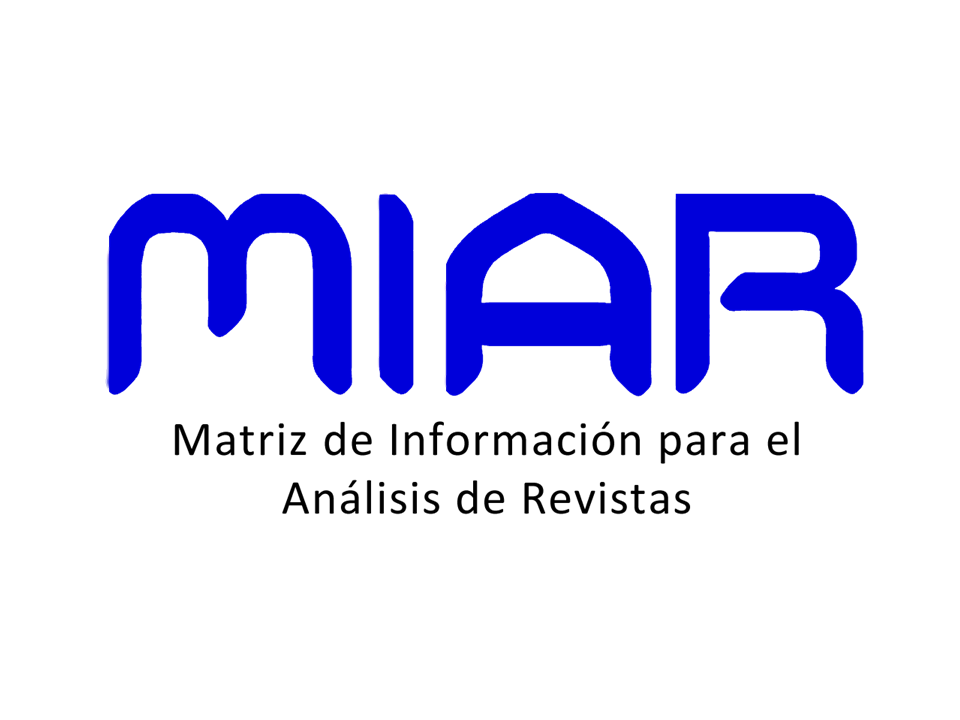ENUNCIAÇÃO E TENSIVIDADE NO DISCURSO DA MÍDIA JORNALÍSTICA SOBRE A PANDEMIA DE COVID-19
DOI:
https://doi.org/10.22478/ufpb.1983-9979.2021v16n2.58832Keywords:
Semiótica. Enunciação. Tensividade. Manchetes. Coronavírus.Abstract
This paper examines how the enunciation modulates the tension between the intelligible and the sensitive dimension of the discourse in news headlines and leads (these ones, when present and pertinent) in the journalistic media about the Coronavirus pandemic, producing meaning effects that collaborate not only for the adhesion of the reader/enunciatee to the point of view adopted by the journalistic websites, but also for the construction of different discursive images of these enunciators. It is assumed that, depending on the type of enunciative strategy mobilized in the text, meaning effects are produced both in the order of intensity, related to the most affective and sensitive dimension of the discourse, and in the order of extensiveness, referring to the most rational and intelligible dimension of the discourse. We adopt as a theoretical-analytical basis the point of view on enunciation presented by Discursive Semiotics (GREIMAS, 1974, GREIMAS; COURTÉS, 2008), as well as elements of Tensive Semiotics, one of the current developments of classical Semiotics (FONTANILLE; ZILBERBERG, 2001, ZILBERBERG, 2011). It is observed, in the analyzed texts, that the way each newspaper enunciates works as a strategy of persuasion, insofar as the more figurative the text is and the greater the presence of the enunciation in the discourse, the more emotional, affective and sensitive to meaning becomes. On the other hand, the more thematic the text and the smaller the presence of the enunciation in the discourse, the more intelligible, analytical and rational the meaning will be. Thus, the enunciatee can interpret, for example, a headline about the same fact, sometimes as more sensationalist, sometimes as more critical, which can lead him to consider the newspaper as both biased or impartial, depending on whether or not he adheres to the contents placed tensively in the discourse.










